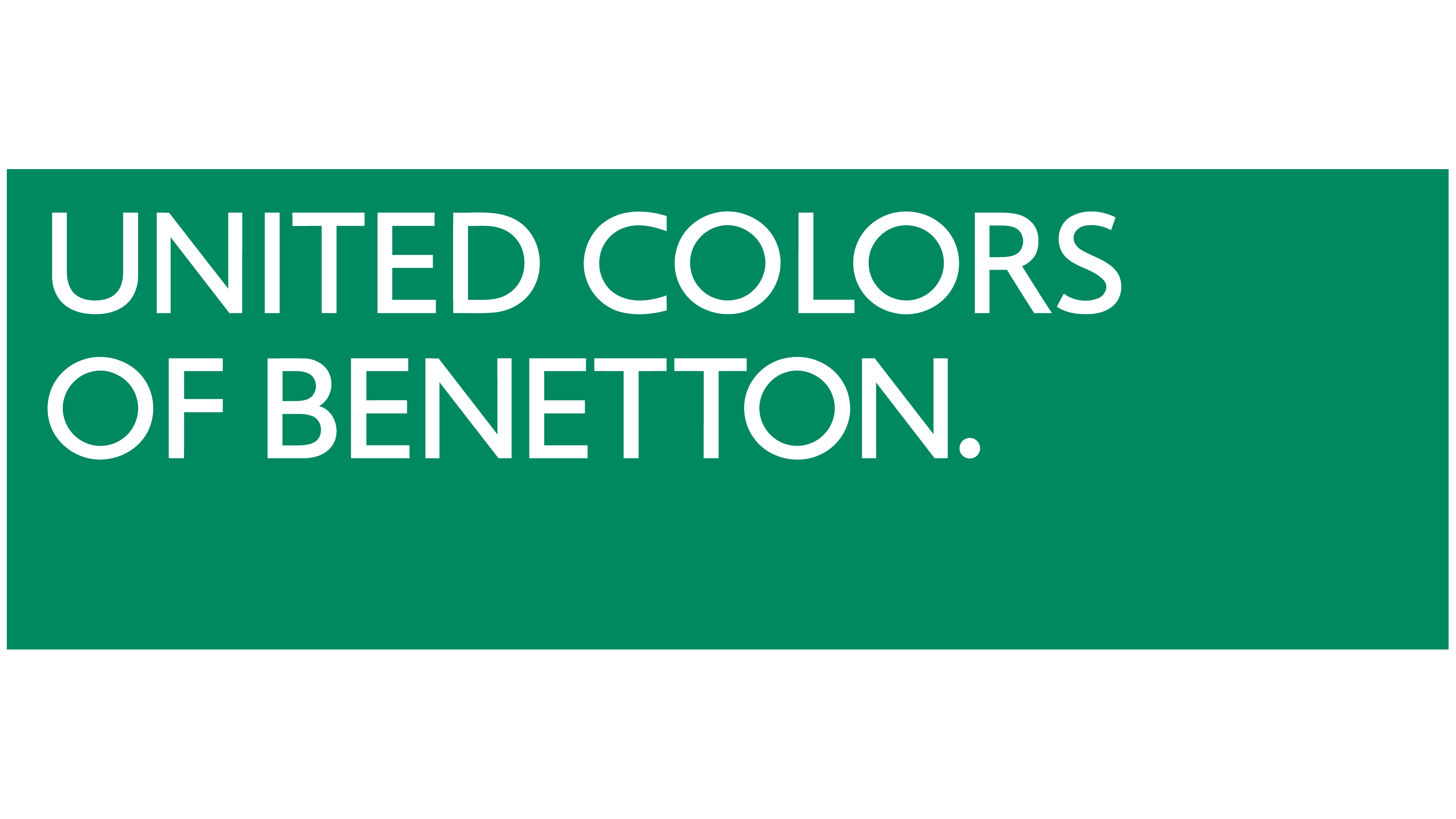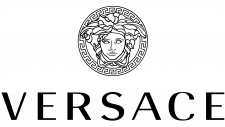United Colors of Benetton
United Colors of Benetton is a global fashion brand known for its vibrant and eclectic clothing. Founded by Luciano Benetton, the company has made a significant impact in the fashion industry. It operates across various continents, including Europe, Asia, and the Americas, with a strong presence in both retail and online platforms. Known for its colorful and trend-setting designs, Benetton has been a trendsetter in the world of casual and formal wear.
Meaning and history
United Colors of Benetton was founded in 1965 by Luciano Benetton. Initially a small Italian company, it has grown into a global fashion icon. Key achievements include pioneering a unique dyeing technique that led to its famous ‘United Colors’ theme, and impactful advertising campaigns addressing social and political issues. Today, the company maintains a strong global presence, continually evolving with new fashion trends while maintaining its core values of diversity and inclusivity. Its current position in the fashion industry is marked by a blend of innovative design and a commitment to sustainable fashion.
What is United Colors of Benetton ?
United Colors of Benetton is a renowned international fashion company. It stands out for its vibrant and inclusive clothing lines that blend contemporary style with social awareness. The brand is synonymous with diversity, creativity, and a commitment to sustainable fashion.
1969 – 1971
The logo presented is a black and white image featuring the name “Maglierie Benetton” in a bold, sans-serif typeface. The word “Maglierie” is positioned above “benetton,” centered and in a smaller font size. The most distinctive feature of the logo is a stylized symbol placed above the text, combining a circle with what appears to be a cross at the bottom, and two additional horizontal lines extending from the midsection of the vertical element. The design is minimalistic, yet the icon above the text adds a unique emblematic characteristic to the overall logo, suggesting a fusion of classic typography with a modern graphic element. The simplicity of the color scheme ensures high contrast and visibility, which is often a trademark of timeless logo design.
1971 – 1989
The logo in this image features the word “benetton” in a lower-case, sans-serif font that is bold and modernist. To the left of the text is an abstract emblem composed of a central circle flanked by two crossed lines, which are in turn intersected by two horizontal strokes. This symbol is evocative of textile patterns, possibly a nod to the company’s roots in clothing manufacturing.
Comparing this to the previous logo, the text “Maglierie” is omitted, simplifying the design and focusing on the “benetton” name. The font style remains consistent, preserving the brand’s modern and clean aesthetic. The emblem is identical, serving as a visual bridge between the two designs, ensuring brand continuity. This evolution reflects a streamlining of the brand’s identity, possibly to cater to a wider, international market.
1977
The logo features the “benetton” name in a white, bold, sans-serif font set against a green background, which is a departure from the previous black and white color scheme. The unique emblem, an interplay of a circle and crossed lines, remains to the left of the text, maintaining the continuity of the brand’s identity. This iteration is encased within a rounded rectangle, adding a bounded, compact feel to the design.
Compared to the previous logo, the introduction of color is the most striking difference. The green hue is vibrant and earthy, potentially symbolizing growth and the brand’s commitment to environmentally conscious fashion. The rounded rectangle suggests approachability and completeness. This design evolution reflects a maturation of the brand’s image, incorporating color psychology while preserving the iconic graphic element that has become synonymous with the Benetton brand.
1989 – 1996
This logo showcases the full brand name, “UNITED COLORS OF BENETTON.” in a bold, all-caps, sans-serif typeface. The letters are white against a vibrant green rectangular background. The iconic emblem is absent, indicating a shift towards a more straightforward textual representation.
Compared to the previous iteration, this design emphasizes the brand’s name and its international scope. The green color remains, ensuring visual continuity with the earlier logo, but the move to a text-only format suggests a focus on brand recognition and the global appeal of the “United Colors” concept. This evolution in design aligns with the brand’s international image and its emphasis on diversity and inclusivity.
1996 – 2011
The logo depicts the brand name “UNITED COLORS OF BENETTON.” in white, bold, sans-serif letters against a rectangular green background. The design is clean and minimalistic, with a focus on the brand name, which suggests a universal appeal and the diversity inherent in the “United Colors” philosophy.
When compared to the previous version, the design remains consistent in its use of the green color scheme and font choice, maintaining brand recognition. However, any additional design elements, including emblems or borders, have been removed to present a very streamlined and modern appearance. This reflects a branding strategy focused on simplicity and the power of the name itself to convey the brand’s identity and values.
2011 – Today
The logo displays “UNITED COLORS OF BENETTON.” in white, bold, uppercase letters on a green rectangular background. The design is straightforward, with a modern sans-serif font emphasizing clarity and brand identity.
Compared to the previous logo, this one appears to maintain the same elements: the choice of font, color scheme, and overall minimalistic approach are consistent. This steadfast design choice reflects the brand’s commitment to a timeless and universal appeal.

















